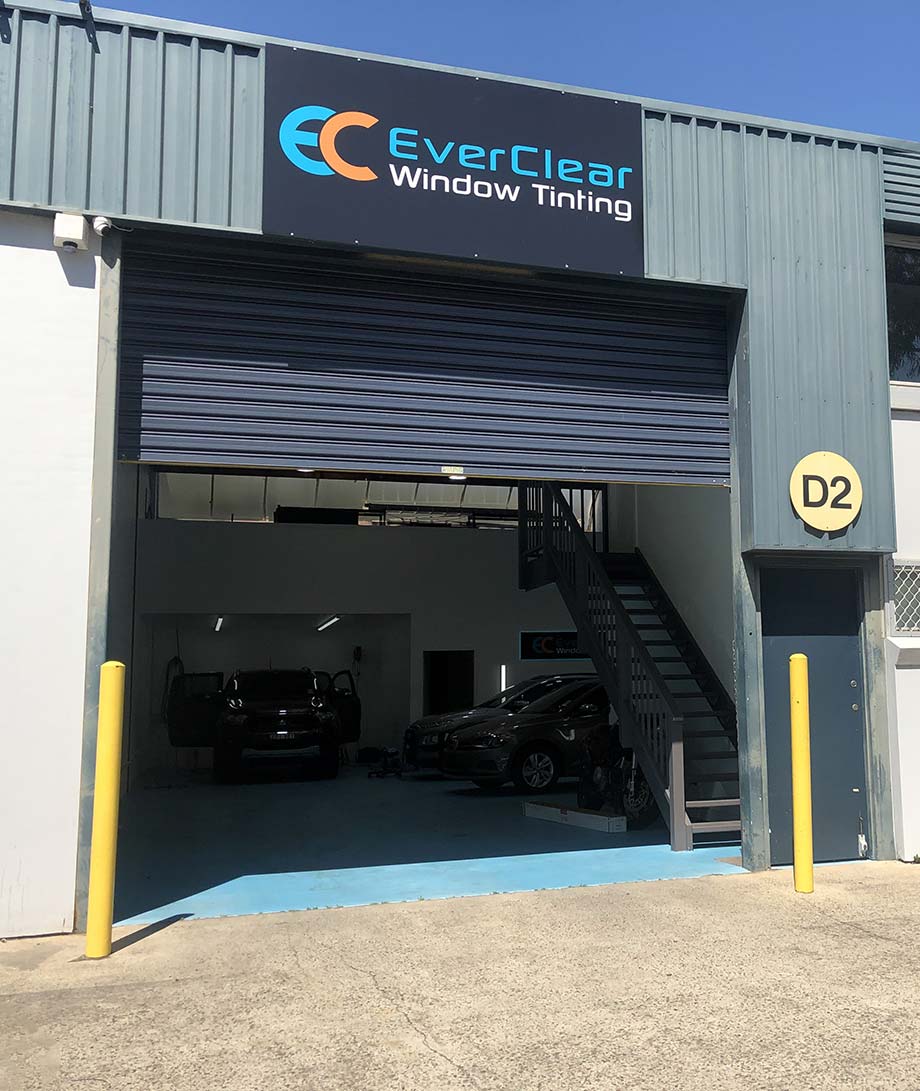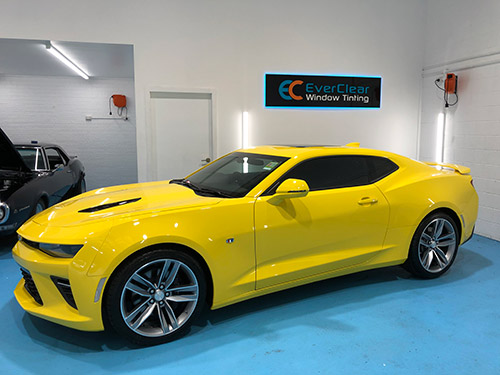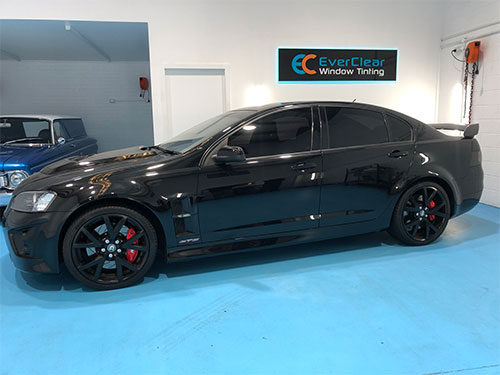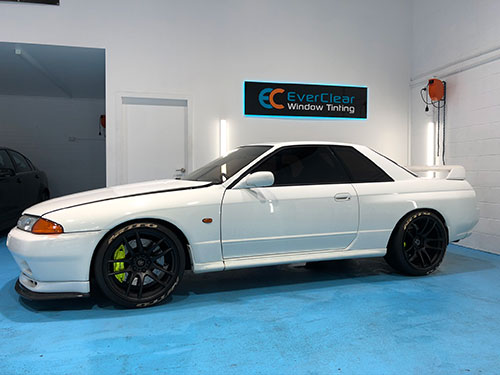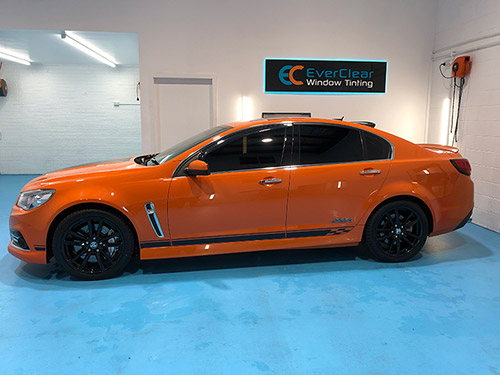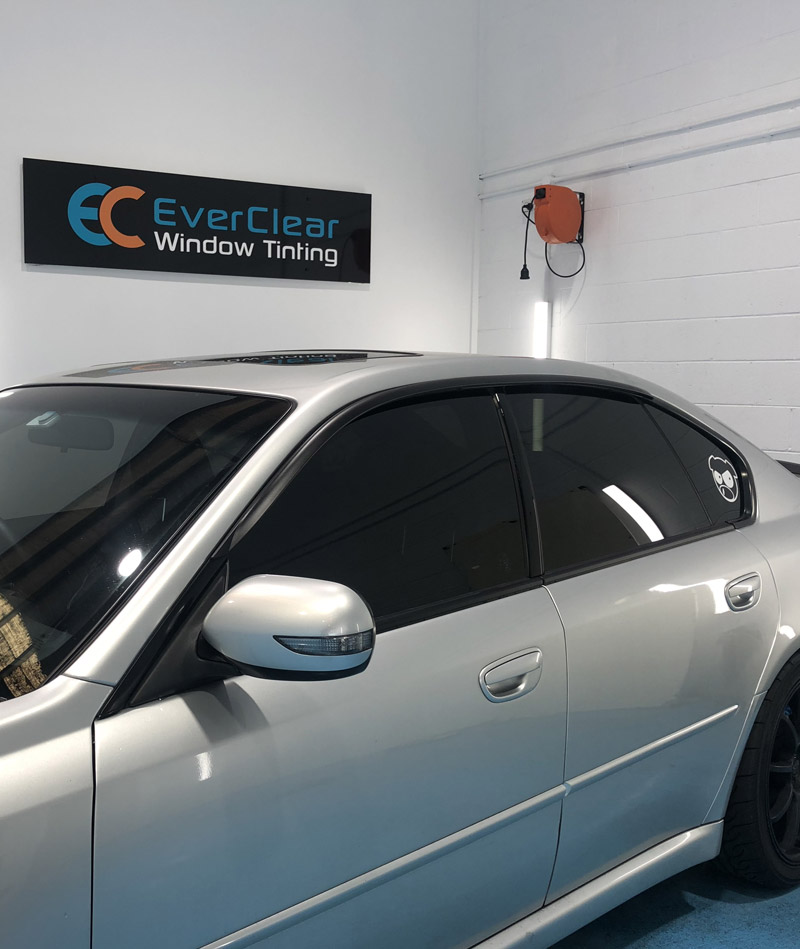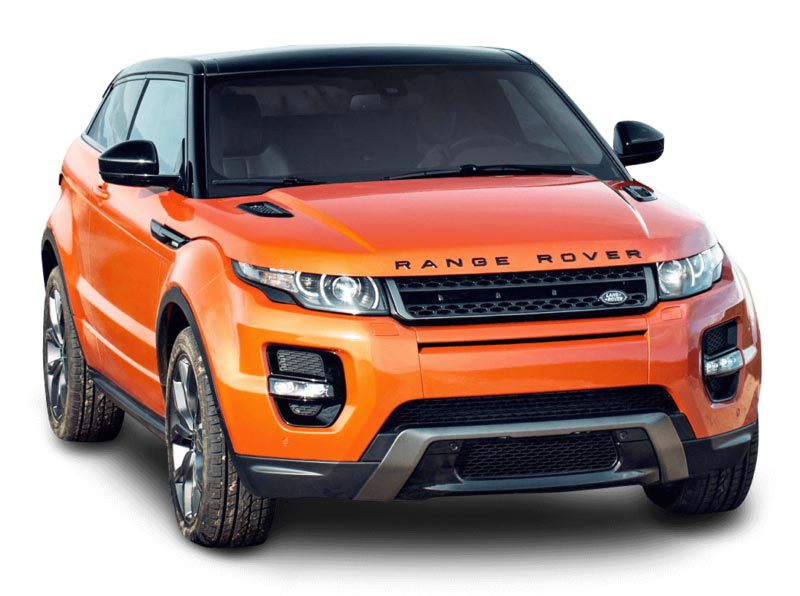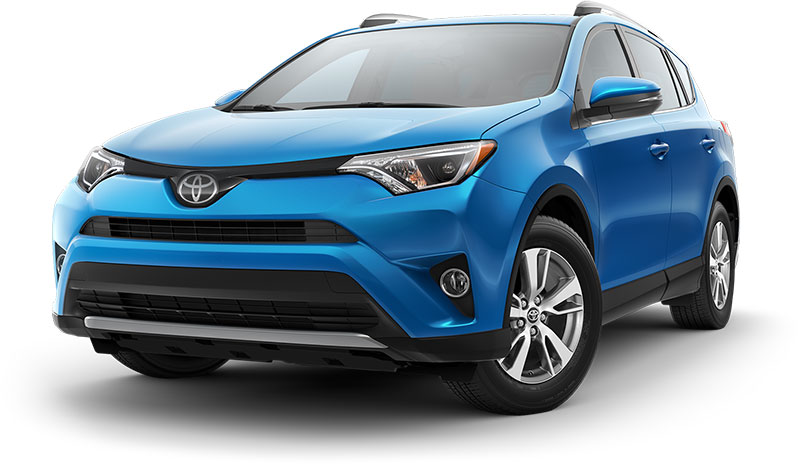Budget Friendly Carbon Tints
Our entry-level carbon film is the best in its carbon class and has been a customer favourite for over ten years. It is cost effective and looks great on every car.
Carbon films reduce heat by reducing the amount of light passing through the window. This means the darker you tint your windows, the more heat you will be blocking out.
Available in a full range of shades, all providing 99% UV protection, our carbon range is the preferred choice for those customers who want a good quality product at an entry-level price.
Before & After
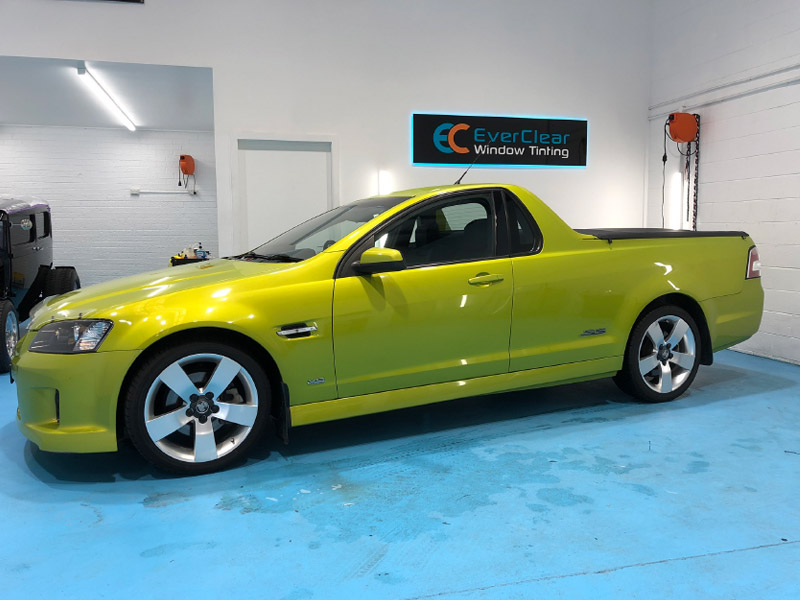
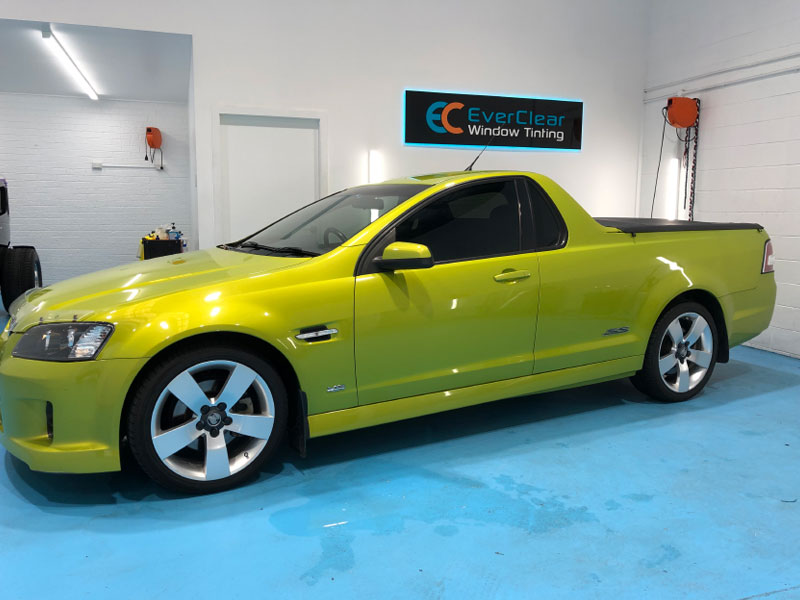
Carbon Window Tinting vs Ceramic Window Tinting
Ceramic window tinting provides a higher level of protection than carbon films. Ceramic film blocks up to 96% of infrared heat (so you don’t feel the burn), compared to about 50% for carbon films. It also blocks 99.9% of UV rays, offers better clarity and does not interfere with mobile or radio signals like some other tints.
The downsides of ceramic tinting are that it is more expensive than carbon film and that its clarity can be affected if a window is already tinted. If you have an existing tint, ceramic film will not work as well.
In conclusion, both types of window tinting offer great protection from the sun’s harmful rays.
Is carbon tint any good?
Yes! Carbon window tinting is a great choice for those looking for an entry-level film that still offers excellent heat and UV protection. It will also block out up to 50% of infrared heat, which can make your car more comfortable on hot days. The dark hue of carbon tinting gives it a sleek, stylish look as well. It is also more affordable than ceramic window tinting.
In the end, it comes down to personal preference and budget when deciding between these two types of window tinting. We recommend speaking to one of our experienced window tint installers who will be able to help you make the best decision for your car. They can discuss the advantages and disadvantages.
Is ceramic tint better than carbon tint?
Yes, ceramic window tint films are cutting-edge in terms of advancements in technology. They are manufactured with nano-ceramic technology, which remains unaffected by heat and is nonmetallic – eliminating any interference to cell phone signals!
Ceramic tints block up to 96% of infrared heat, compared to approximately 50% for carbon films. Ceramic tint also blocks 99.9% of harmful UV rays, offers superior clarity, and does not interfere with mobile or radio signals like other tints.
However, the main disadvantage of ceramic tinting is that it is more expensive than carbon film.
So, depending on your budget and requirements, you can choose between these two types of tints accordingly. Both offer great protection from the sun’s rays.
Ultimately, whatever window tint you choose—ceramic or carbon—you can be sure that it will help reduce the amount of heat entering your car and keep you cool during those hot summer days!
Is ceramic tint darker than carbon?
Yes, ceramic window tints are darker than carbon window tints. Ceramic film blocks up to 70% of infrared heat, compared to around 50% for carbon films. The level of darkness that you choose will depend on the VLT (Visible Light Transmittance) rating of the tint; the higher the VLT percentage, the lighter the tint will appear on the windows.
In general, ceramic tints are considered to be darker than carbon films and offer superior clarity as well as a better heat rejection rate. They also provide enhanced UV protection compared to other types of window tints.
Your local window tint shop
Why choose EverClear Window Tinting?
